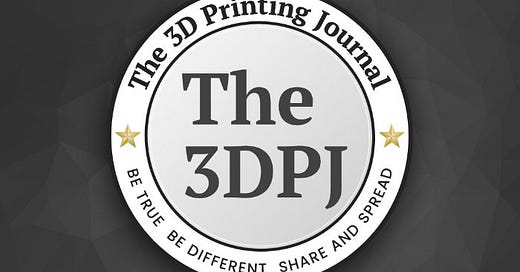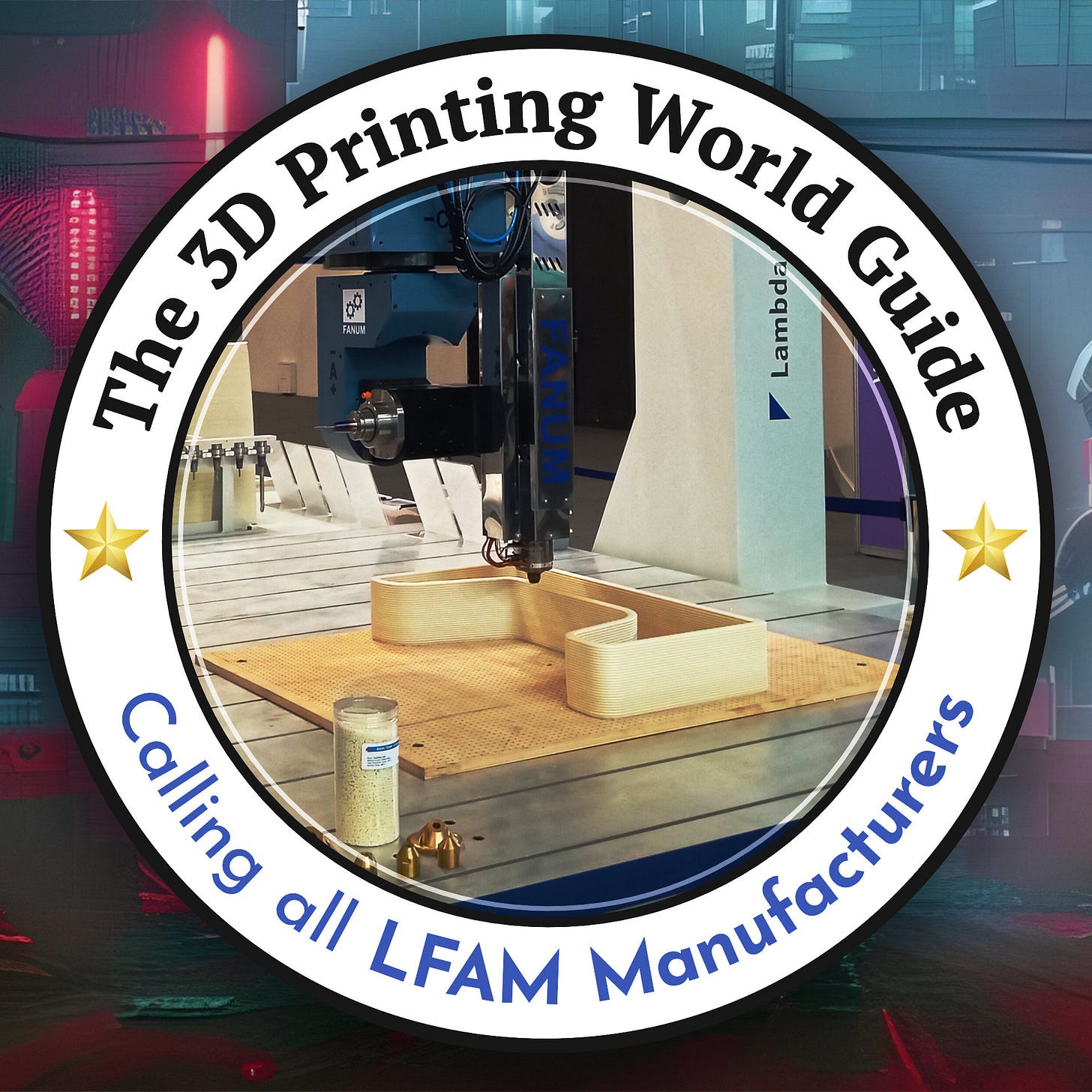Atomic Layer of the Day:
In a recent 3DP War Journal article on LinkedIn, I wrote about how large corporations are gradually withdrawing from additive manufacturing, and how their place is being taken by much smaller, but more agile and adaptable companies that are better suited to navigate changing market conditions.
Last week, we officially said goodbye to Jabil, whose product portfolio was acquired by the newly established Lumas Polymers:
Now, the previously shuttered Kimya is being revived by Airtech Advanced Materials Group.
Airtech is a U.S.-based supplier of composite tooling materials and additive manufacturing technologies. Much like the Jabil–Lumas Polymers case, the company has acquired the entire portfolio of Kimya’s technical filaments, along with its production and development infrastructure, quality validation equipment, and all remaining intellectual property.
All of these assets will be integrated into Airtech’s existing offering, which includes pellets and filaments designed for large-format additive manufacturing (LFAM), tailored for use in demanding industrial environments.
Production of Kimya filaments will resume at Airtech’s European headquarters in Luxembourg, where the company already manufactures its Dahltram line of thermoplastic materials.
Kimya was previously known for producing specialized thermoplastic filaments, including carbon-fiber-reinforced materials and custom-engineered compounds such as PEKK certified for use in the railway sector.
The company also carried out numerous R&D projects in close collaboration with clients, delivering solutions tailored to specific application requirements. Its filaments were adopted by well-known 3D printer manufacturers such as Stratasys, Ultimaker, and AON3D, primarily due to their consistent quality, traceability, and standardized production processes.
Kimya was founded in 2017 as the 3D printing brand within the French industrial conglomerate Armor Group. The initiative launched with an investment of €15 million and was expected to grow at a rate of 30–40 percent annually. Despite a promising start and growing industry recognition, the market did not evolve as anticipated.
In the fall of 2024—during the Formnext trade show—the decision to withdraw the Kimya brand from the 3D printing sector was officially announced.
The reasons were mainly unmet demand forecasts for high-performance materials, declining sales of industrial 3D printing systems, and broader economic challenges that limited customers’ investment capabilities.
Another challenge was the operational complexity of these technologies and a shortage of qualified technical staff capable of implementing them effectively.
The acquisition and revival of the Kimya brand by Airtech is generally good news for the AM industry. It shows that smaller, more specialized companies in the field of 3D printing still believe in the viability and scalability of this business. And, as I previously wrote on LinkedIn, in the long run, this might actually be a very healthy development.
Atomic Layer from the Past:
04-10-1989: the first AMUG conference was held.
Calling all LFAM 3D printers manufacturers!
We’re kicking off recruitment for the new edition of The 3D Printing World Guide — this time, we’re looking for the largest 3D printers from around the world!
📅 Planned release date: April 15, 2025.
News & Gossip:
Materialise unveiled Magics 2025, featuring implicit modeling, faster workflows, and optimized support generation. The software eliminates mesh conversion and cuts memory usage by 40%. Partnerships with Raplas and One Click Metal enhance resin/metal printing speeds by 30-40%. The updates aim to reduce costs, expand printable designs, and streamline production. Release is set for May 2025.
University Hospital Basel and 3D Systems produced the first MDR-compliant, patient-specific PEEK facial implant on-site using the EXT 220 MED printer. The solution enables end-to-end workflow in point-of-care settings, improving precision and speed. Evonik’s VESTAKEEP i4 3DF PEEK material and cleanroom-compatible protocols ensured compliance. This breakthrough advances personalized medicine, with the system already used in 80+ cranial surgeries.
BICO is undergoing a kind of “controlled restructuring”, gradually getting rid of assets collected by the previous management. The company has agreed to sell its subsidiaries MatTek and Visikol to Sartorius fo $80 million. MatTek, acquired in 2021, specializes in 3D tissue models for drug testing, while Visikol focuses on advanced imaging. Both were part of BICO’s bioprinting division and generated 20M in 2024 revenue with a 20%+ EBITDA margin. The sale aligns with "BICO 2.0" strategy to streamline operations and reduce its $176M debt. New CEO - Maria Forss emphasized the move strengthens the balance sheet and sharpens focus on automation solutions like robotics and Biosero’s software. Post-sale, BICO will reorganize its remaining bioprinting assets—including Cellink and Advanced BioMatrix—into a new Life Science Solutions division. Last year, BICO already sold Nanoscribe.







Great to see kymia back, when I was at makerbot I found their materials to be great. Specially with Method materials